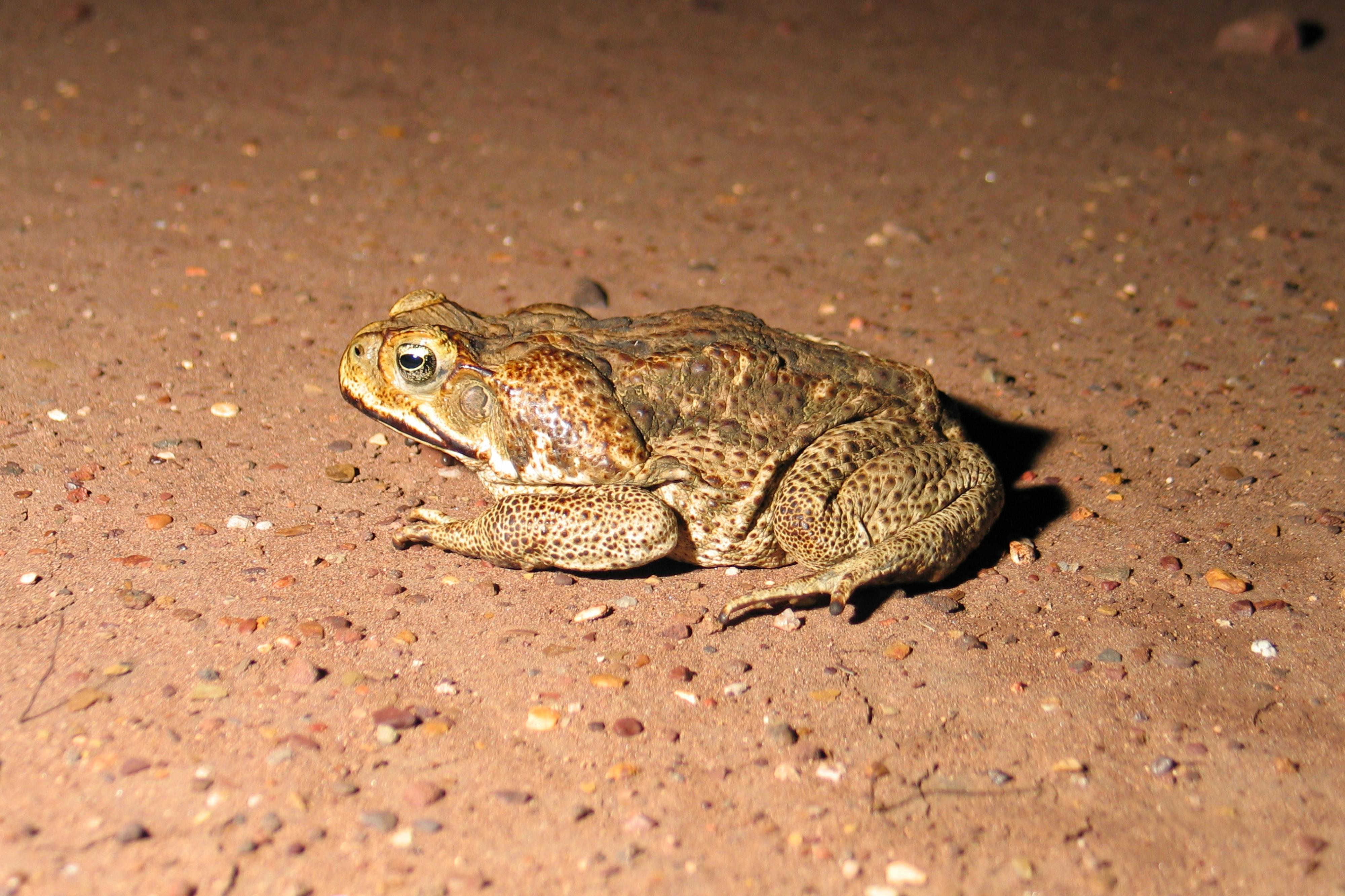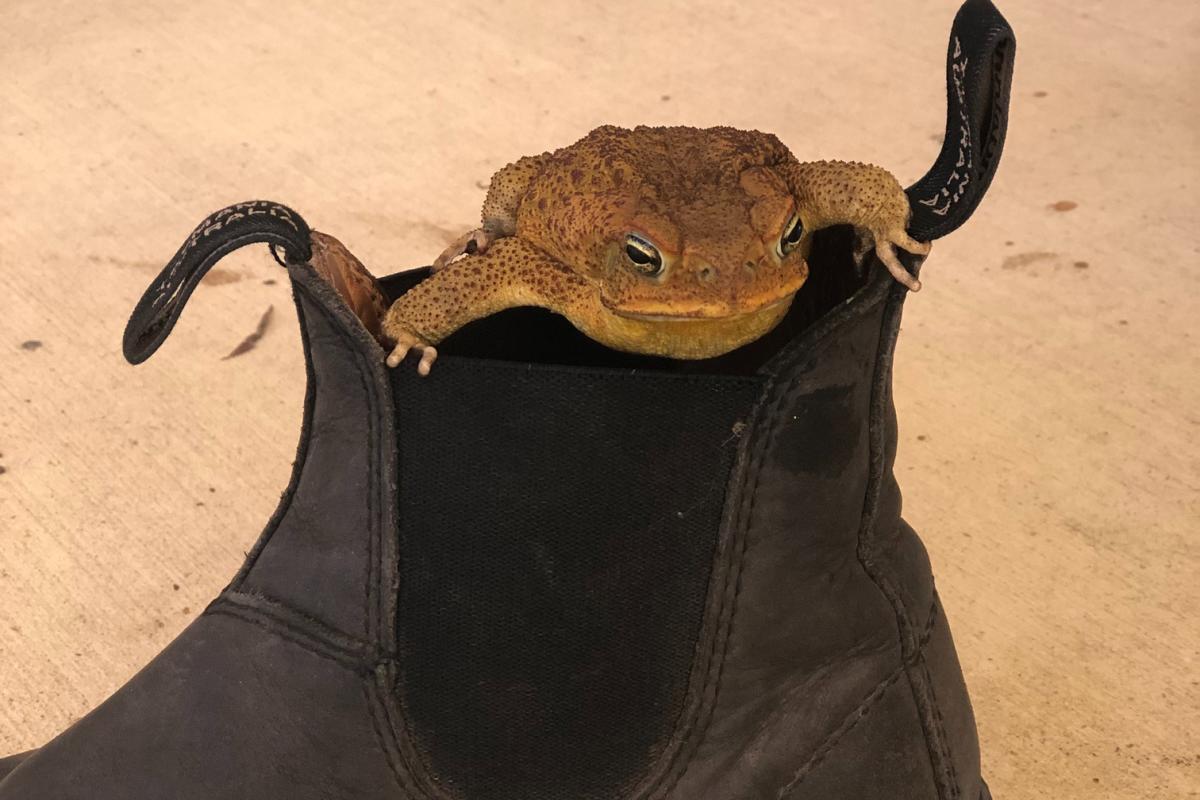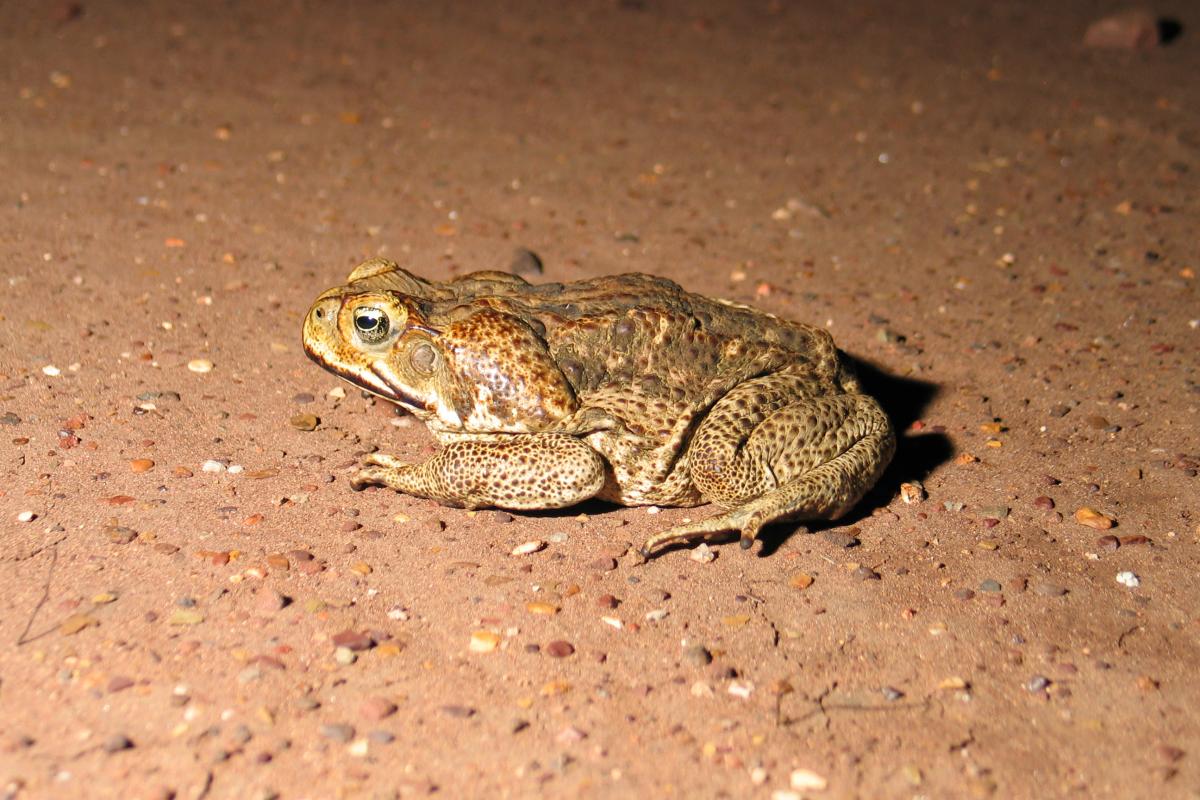Don’t take a toad up the road
Invasive cane toads are making their way across northern Western Australia. What can you do to help?
Cane toads are an invasive species first brought into Australia in 1935 to control cane beetles that were decimating croplands. It didn’t take long for populations to explode, and now cane toads have become extensive throughout northern and eastern Australia. Since arriving in Western Australia in 2009, cane toads have quickly spread through the Kimberley travelling west at an average rate of 50km per year. What makes cane toads such invasive colonisers is their ability to produce eggs in mass numbers- a single female can lay up to 30,000 eggs multiple times a year.
Cane toads produce a poison that is lethal to most of Australia’s native carnivores, with species such as northern quolls, freshwater crocodiles and monitor lizards (goannas) suffering massive population declines in the wake of invading toads.
For the past 16 years, DBCA has partnered with Traditional Owners, research groups and many other stakeholders to manage the impact of toads, using conditioned taste aversion (CTA) to teach carnivores to avoid toads and utilising multiple detection methods (visual searches; remote cameras; eDNA etc.) to accurately track the movement of the cane toad frontline.
However, vehicles and vessels moving through toad-infested areas are at risk of toads stowing away on them. These ‘hitchhiker’ toads can be unknowingly transported hundreds to thousands of kilometres ahead of the frontline, with some hitchhikers making it all the way to Perth. There is the potential for hitchhiker toads to breed and create satellite population that go undetected until they explode into a new front. Fortunately, this hasn’t occurred yet and all reported hitchhikers have been successfully quarantined and collected. However, we still need your help to stop hitchhiker toads.
What can you do?
If you are travelling through the Kimberley, make sure to check your vehicle, caravan, trailer, or boat for any signs of cane toads. Common areas that toads hide in are trays, wheel arches, and undercarriages.
If you find a suspected toad, DON’T KILL IT. Instead, contain it, if possible, and report it to DBCA by email at canetoads@dbca.wa.gov.au or text 0400 693 807 with a picture of the toad and where it was last seen. One of our team will confirm that it is a cane toad and will either send someone to collect the toad or provide advice on how to deal with the situation.
By reporting hitchhiker toads, you are playing a major part in helping to protect our native species.



